Description
An exclusive limited edition photograph by Photojournalist Arthur Steel.
The Queen Mother attends the women’s institute annual show at Sandringham in 1975.
✓ Exceptionally rare limited edition photograph.
✓ Direct from the Artist.
✓ Non licensable images.
✓ Printed by Metro Imaging.
✓ Hand signed by Arthur Steel.
✓ Video of Arthur Steel signing your print(s).
✓ Certificate of Authenticity.
✓ Free worldwide delivery.
✓ Tracked & signed for delivery.
✓ Paypal Pro protection.
✓ Secure SSL payment protection.
✓ 14 day money back guarantee.
✓ Excellent customer care and service.
Black & White Film Grain:
Arthur’s photographs were all captured on 35mm film, a fast medium grain film called ‘Kodak Tri-x Pan’ with an ISO speed of 400. It enabled photojournalists at the time to shoot in relatively low light conditions. Nowadays, we are used to grainless images even at an iso of 800 and above. The grain effect adds to the character and charm of the images and dates the pieces accordingly. Arthur’s images cannot to be compared to todays grainless digital technology.
Signed prints Vs. Unsigned prints:
Most artists sign their prints at the bottom right corner of the piece. By signing a print, the artist approves it, and, claims it as his or her own work. Signatures count for a lot on the print market since they add to the artwork’s authenticity. The value of a signed print is higher than the value of an unsigned print, so if you have a choice, it’s always better to acquire signed prints.
Limited editions Vs. Open editions:
As a rule limited edition prints are valued more highly and therefore are priced higher than the readily available open edition prints. Also, limited edition prints are collectible, which is not the case for open edition prints. Due to their scarcity, limited edition prints are prized, and collectors and art lovers will seek to create a collection of the same.
Camera: Leica 35mm.
Film stock: Kodak Tri-X Pan.
Location: Sandringham.
Year: 1975.
Collection: Gold.
Print Type: Fibre-based Harman Galerie FB Digital.
Printed by: Metro Imaging.
Limited Editions:
All prints are limited editions, no further prints are produced once sold.
60″ prints / edition of 5
50″ prints / edition of 10
40″ prints / edition of 20
30″ prints / edition of 30
20″ prints / edition of 30
12″ prints / edition of 30
Bespoke: All prints are bespoke and printed to order.
Presentation: 12 and 20 inch prints are titled, numbered, signed and carefully enfolded in acid free tissue paper, supplied flat in an acid free 4mm 3-ply box for delivery and storage purposes. The boxes are ideal for gift wrapping. The larger 30, 40, 50 and 60 inch prints are also titled, numbered, signed and carefully enfolded in acid free tissue paper and inserted into a rigid 4mm thick protective cardboard tube for delivery.
Optional Dry Mounting for clients within the UK: Professional Dry Mounting of the larger print sizes can be arranged at no extra cost, the print would then be perfectly flat and ready for framing. However, this makes the overall size bulky and too fragile to send overseas. So, if you reside abroad, it is best that we send a rolled print directly to your chosen framer and you entrust them to carry out the works for you. We recommend that you check that your framer is fully insured as we cannot take responsibility for any damages that may occur during the mounting/framing process.
Delivery: Metro Imaging based in Central London use an experienced shipping service to deliver the boxed and rolled prints. Metro take great care in ensuring the print(s) are very well protected and efficiently delivered anywhere in the UK or overseas. Acid free tissue paper protects prints from scratching/creasing. Metro also offer a vast array of delivery options to suit the recipient’s preference.
Certificate of Authenticity: Each print acquired from The Arthur Steel Archive is accompanied by an individually signed Certificate of Authenticity.
Video of Authenticity: Newly printed bespoke prints are further authenticated by way of a short personalised video. Arthur Steel mentions your name on the recording prior to signing. For example, Arthur will say something like: “I’m signing this print of The Queen Mother, edition number 2/20 for Mr & Mrs Smith in New York.” For your records, the footage is then sent to you via email.
Watermark: Watermarks will not be present on an original print.
Copyright: © Arthur Steel / The Arthur Steel Archive.
Biography: Elizabeth Angela Marguerite Bowes-Lyon (4 August 1900 – 30 March 2002) was the queen consort of King George VI from 1936 until her husband’s death in 1952, after which she was known as Queen Elizabeth The Queen Mother, to avoid confusion with her daughter, Queen Elizabeth II. She was the last queen consort of Ireland andempress consort of India.
Born into a family of Scottish nobility as The Honourable Elizabeth Bowes-Lyon, she became Lady Elizabeth Bowes-Lyon when her father inherited the Earldom of Strathmore and Kinghorne in 1904. She came to prominence in 1923 when she married Albert, Duke of York, the second son of King George V and Queen Mary. As Duchess of York, she – along with her husband and their two daughters Elizabeth and Margaret – embodied traditional ideas of family and public service. She undertook a variety of public engagements, and became known as the “Smiling Duchess” because of her consistent public expression.
In 1936, her husband unexpectedly became King when his brother, Edward VIII, abdicated in order to marry the American divorcée Wallis Simpson. Queen Elizabeth accompanied her husband on diplomatic tours to France and North America before the start of World War II. During the war, her seemingly indomitable spirit provided moral support to the British public. In recognition of her role as an asset to British morale, Adolf Hitler described her as “the most dangerous woman in Europe”. After the war, her husband’s health deteriorated and she was widowed at the age of 51.
On the death of her mother-in-law Queen Mary in 1953, with her brother-in-law living abroad and her elder daughter aged 25, Elizabeth became the senior member of the British Royal Family and assumed a position as family matriarch. In her later years, she was a consistently popular member of the family, when other members were suffering from low levels of public approval. She continued an active public life until just a few months before her death at the age of 101, seven weeks after the death of her younger daughter, Princess Margaret.
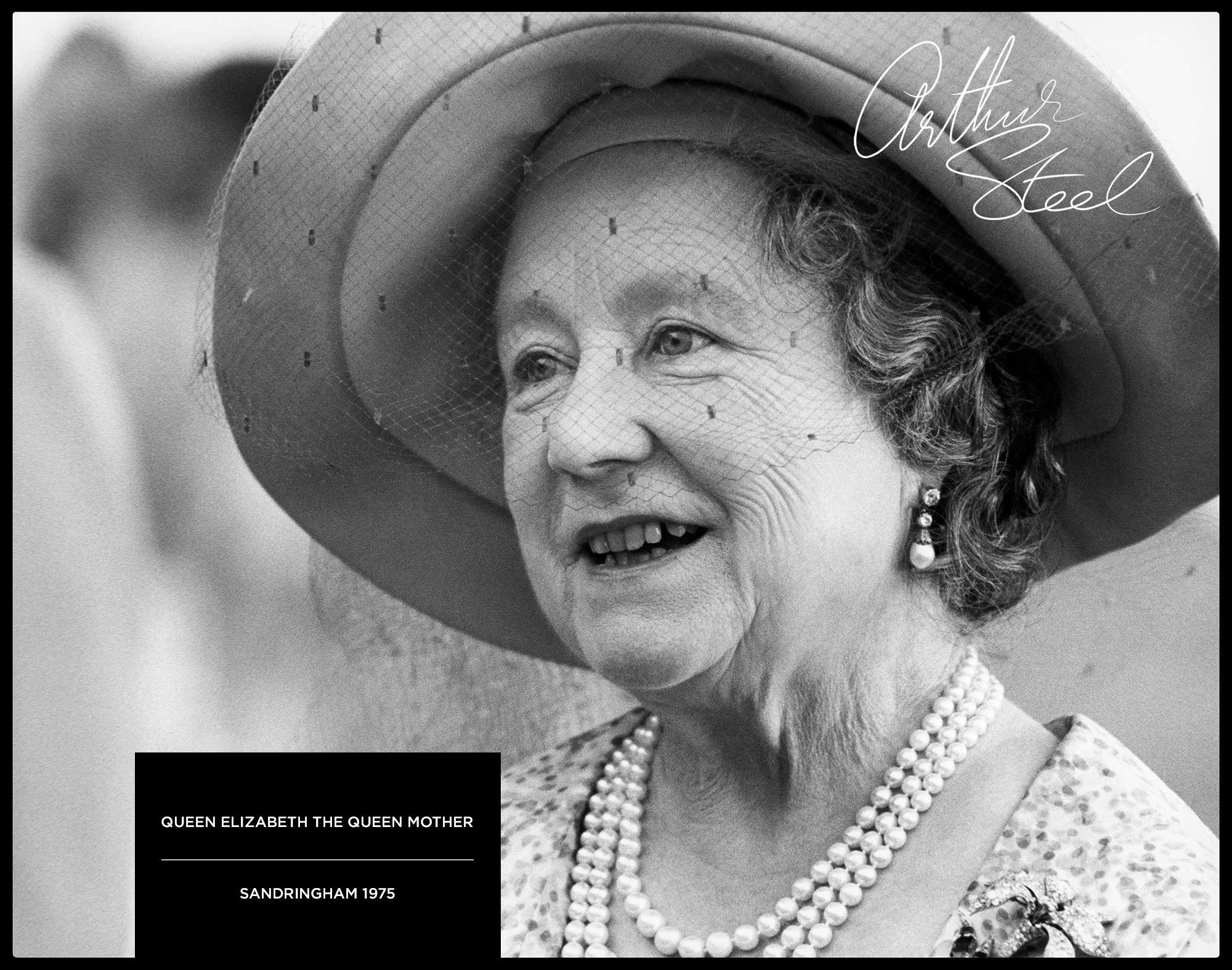
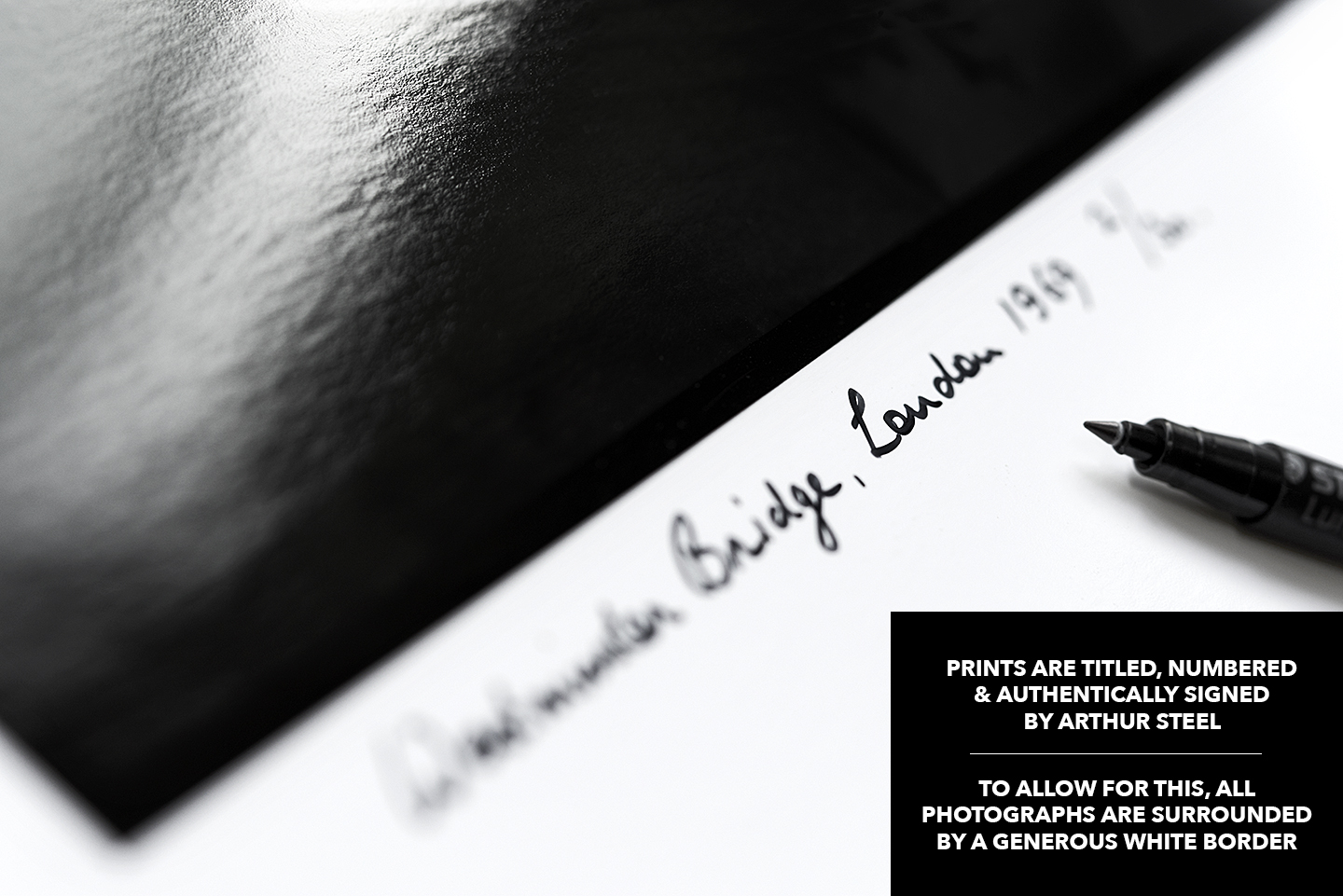
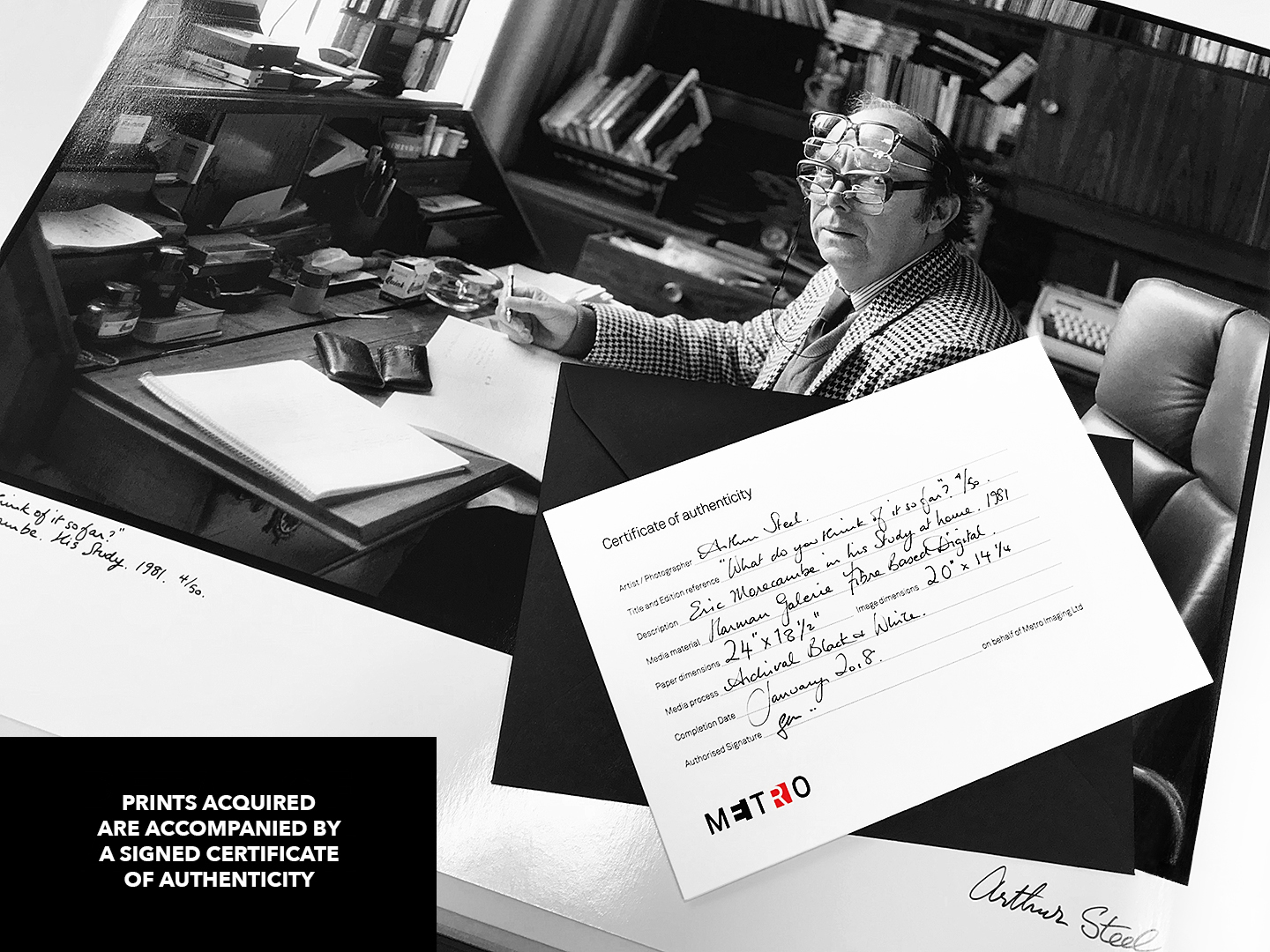

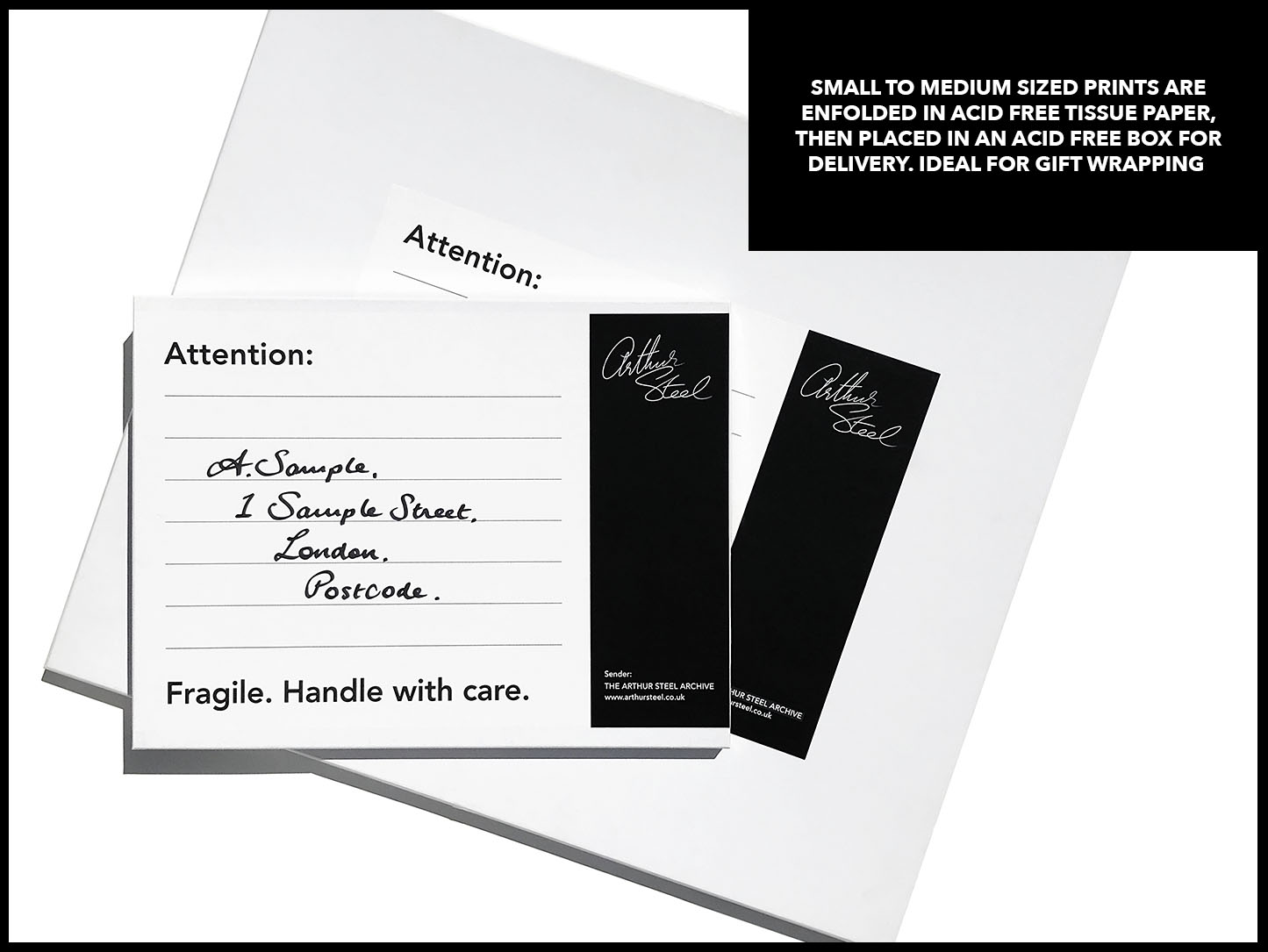
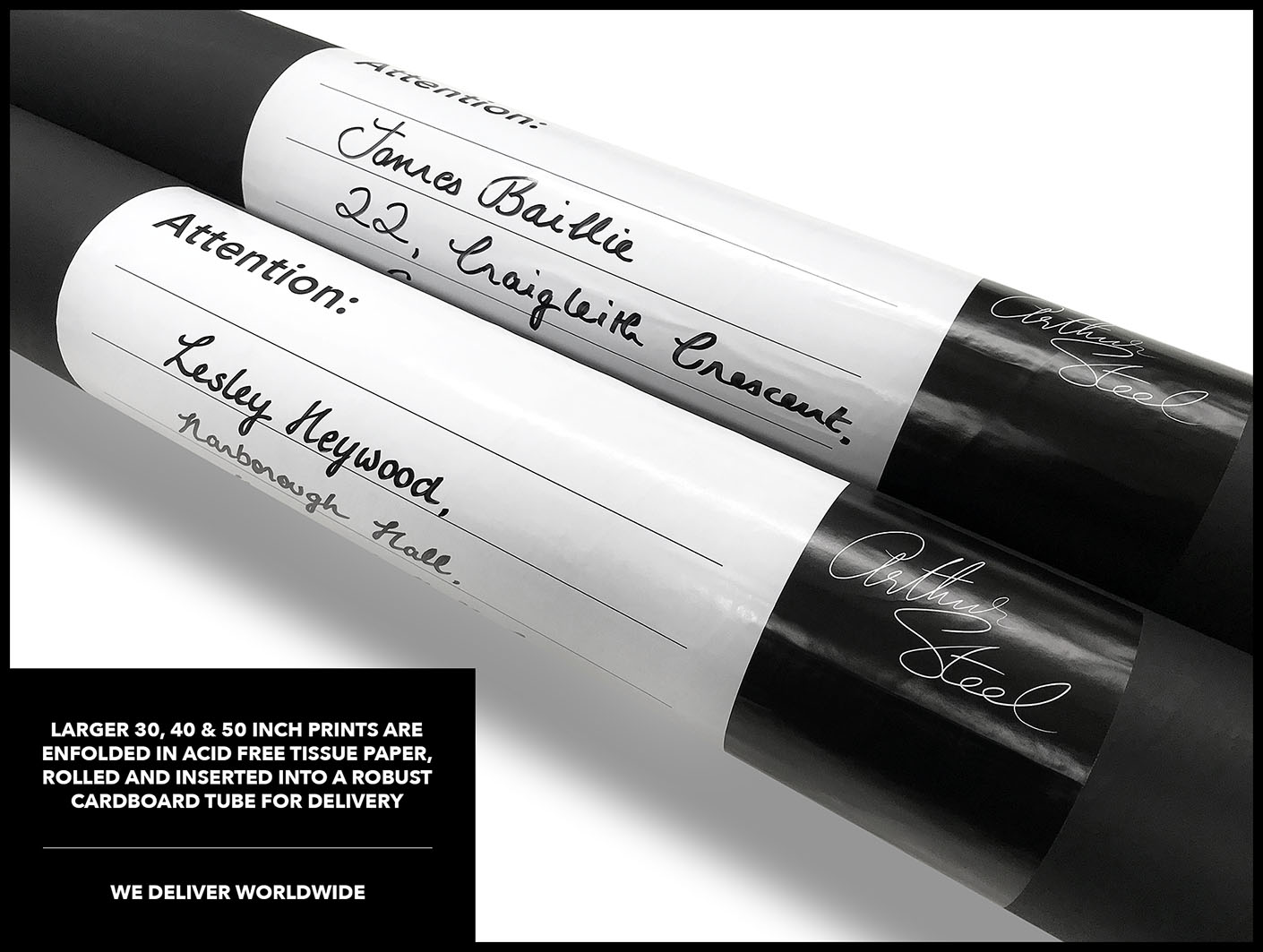
Recent Comments